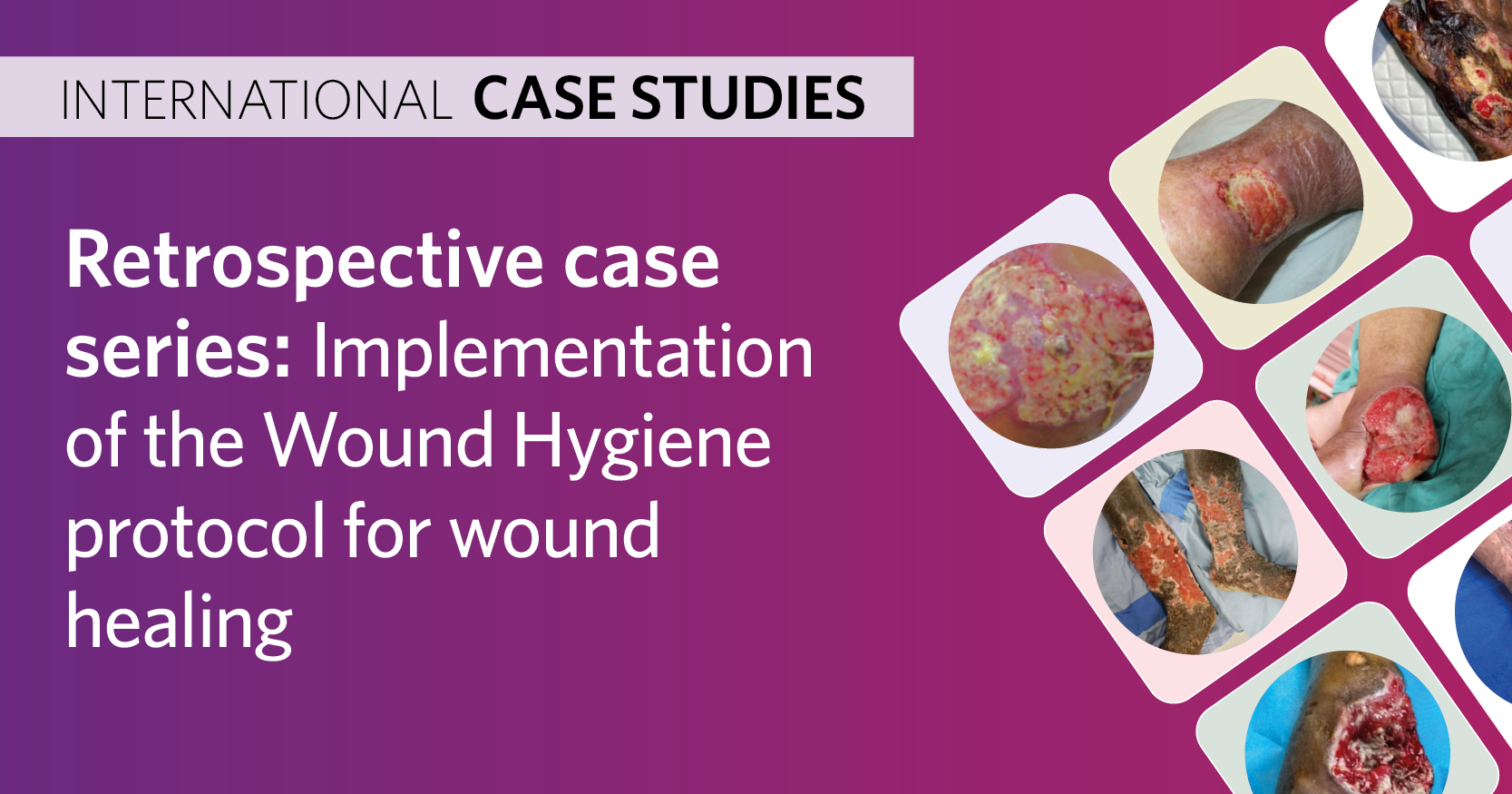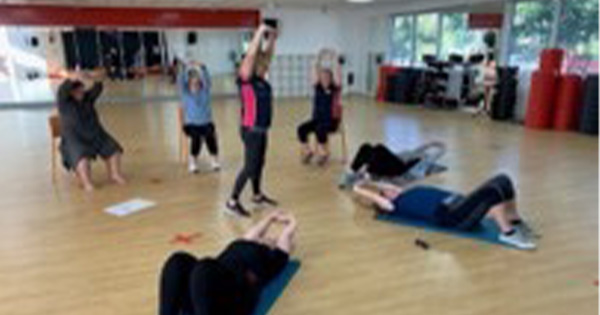<p>Background: Axillary Web Syndrome (AWS) was described by Moskovitz et al (2001) as a palpable web of tissue emanating from the axilla, causing pain and restricting arm movement in a subset of patients after axillary lymph node dissection. They associated it with surgical disruption of the superficial lymphatic system. Aims: AWS onset in a woman during neoadjuvant chemotherapy, prior to surgery, demonstrates AWS associated with breast cancer treatment is not limited to post-surgery. Possible causative factors in common with axillary lymph node surgery are considered. Method: An observational study of AWS diagnosed pre-surgery, describing intra-operative and clinical pathology reports. Medical photography and clinical examination contributed information for the study. Results: AWS persisted post-surgery. Resolution with treatment followed a course similar to that experienced with post-surgical AWS. Conclusion: Lymphatic disruption is proposed to cause AWS (Moskovitz et al, 2001). Trauma, inflammation or tumour infiltration can disrupt lymphatic function. The authors propose tumour infiltration and neoadjuvant chemotherapy potentially disrupted the lymphatic architecture in this case, evidenced by the pathological report on the axillary tissue specimen. </p>




